Co-inventor of barcode dies aged 94
US engineer George J. Laurer co-inventer the barcode
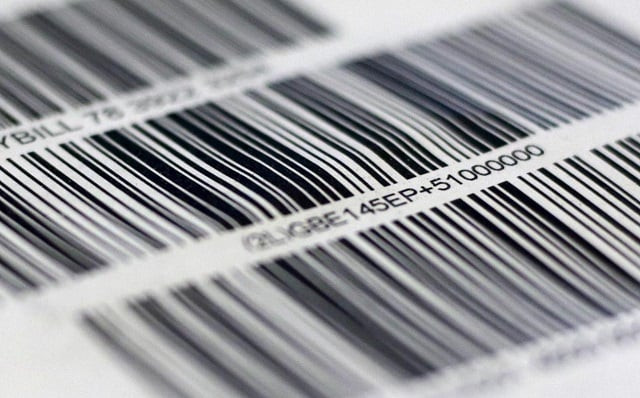
PHOTO: REUTERS
The former IBM employee's funeral was held Monday in his hometown of Wendell, North Carolina, according to a family obituary. He died at home last week.
Laurer is recognised as the co-inventor of the Universal Product Code (UPC), or barcode, which can be found on millions of products, services, and other items for identification.
The marking -- made up of black bars of varying thickness and a 12-digit number -- can be scanned, quickly identifying the product and its price.
In 1969, Laurer rose to become a senior IBM engineer and scientist in Raleigh, the capital of North Carolina, according to a tribute posted on the company's website.
Google accused of ripping off digital ad technology
"Only a few years later, in 1973, Laurer went on to spearhead the development of the now-ubiquitous Universal Product Code (UPC) symbol that revolutionised virtually every industry in the world," it said.
Fellow IBM employee Norman Woodland, who died in 2012, is considered the pioneer of the barcode idea, which he initially based on Morse code.
Woodland patented the concept in 1952 but was unable to develop it -- years before low-cost laser and computing technology.
Two decades later, Laurer developed a scanner that could read codes digitally. He also used stripes rather than circles that had proved impractical to print.
Microsoft says new augmented reality headset to go on sale in September
IBM launched the product in 1973, and the first barcode transaction took place on June 26 of the following year, in a supermarket in the city of Troy, Ohio.
The first product scanned was a pack of Wrigley's Juicy Fruit chewing gum, which is now on display at the Smithsonian National Museum of American History in Washington.

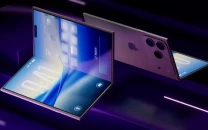



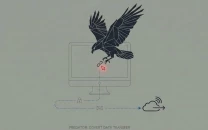
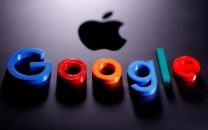







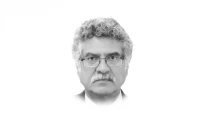




COMMENTS
Comments are moderated and generally will be posted if they are on-topic and not abusive.
For more information, please see our Comments FAQ